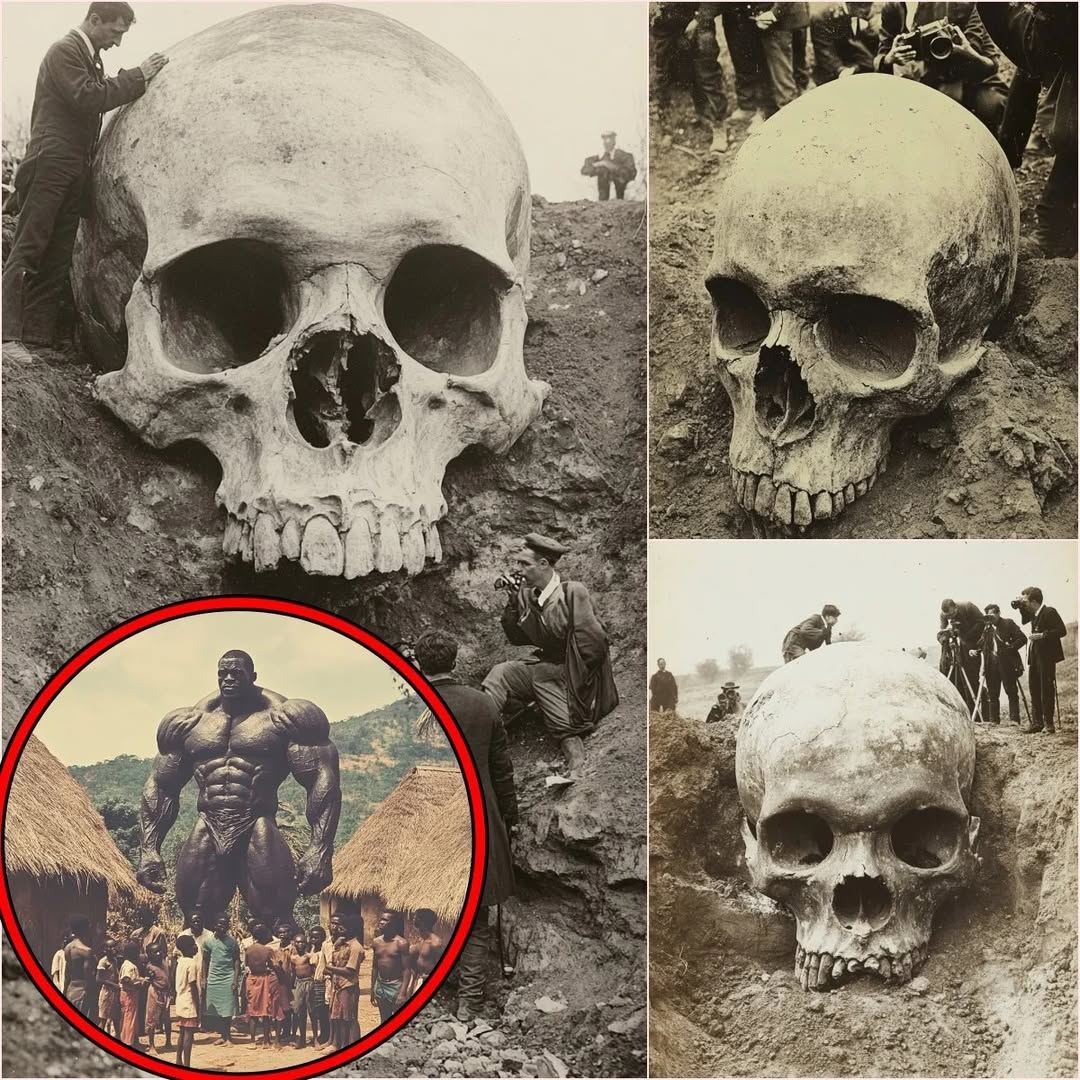Giants, Pharaohs, and Lost Mysteries: Unveiling Ancient Marvels

Recent discoveries across the globe are challenging the boundaries between myth, history, and archaeology. From the frozen expanses of Siberia to the sun-scorched sands of Egypt, extraordinary finds are compelling experts and enthusiasts alike to reconsider what we know about ancient civilizations. Two particularly striking examples—the colossal Siberian skull and the flawless diorite statue of Pharaoh Khafre—illustrate the mystery, ingenuity, and skill of our ancestors, raising questions about lost knowledge and forgotten cultures.
The Colossal Siberian Skull
In Siberia, archaeologists have unearthed a skull nearly ten times the size of a typical human cranium. This astonishing find has ignited speculation about legendary beings such as the Nephilim, referenced in ancient texts, or possibly creatures from unknown origins. The size and proportions of the skull suggest a species—or an individual—that defies conventional understanding of human evolution. While some experts urge caution, emphasizing the need for rigorous analysis and verification, the discovery has already captured the imagination of the public and researchers worldwide.
Beyond its sheer size, the Siberian skull raises profound questions about prehistoric life, genetic anomalies, and the myths passed down through generations. Could these stories of giants be rooted in real encounters? The find suggests that the line between legend and history may be far more intertwined than previously thought, opening the door to reevaluating ancient narratives across cultures.
Pharaoh Khafre and the Precision of Ancient Egypt
Meanwhile, in Egypt, the 4,500-year-old diorite statue of Pharaoh Khafre continues to astonish scholars. Carved from one of the hardest stones known to humans, the statue exhibits an unprecedented level of detail and precision—remarkable considering the tools available in the Old Kingdom period. The flawless craftsmanship highlights not only artistic skill but also an advanced understanding of geometry, stoneworking, and durability.

Khafre’s statue exemplifies the ingenuity and sophistication of ancient Egyptian civilization. From the meticulous proportions to the enduring quality of the stone, the work prompts questions about the methods, techniques, and perhaps even technologies employed by artisans of the time. How did they achieve such perfection without modern instruments? Could there have been lost methods or techniques now forgotten?
Connecting Myth, History, and Mystery
Both discoveries—the Siberian skull and the Khafre statue—blur the line between myth and history. While separated by geography and context, they share a common theme: humanity’s enduring fascination with the extraordinary. Giants, ancient rulers, and lost technologies all point to civilizations capable of feats that continue to challenge our understanding of history and archaeology. These finds compel scholars to rethink established timelines, explore unconventional theories, and remain open to possibilities once dismissed as legend.
Conclusion
The colossal Siberian skull and Pharaoh Khafre’s diorite masterpiece remind us that the past is far more complex and enigmatic than textbooks alone suggest. Whether through myth, art, or archaeological evidence, these discoveries highlight the ingenuity, ambition, and mystery of ancient peoples. As researchers continue to study these artifacts and remains, one thing is clear: the sands of Egypt and the soils of Siberia may still conceal secrets that could redefine history, challenge science, and inspire generations to come.









